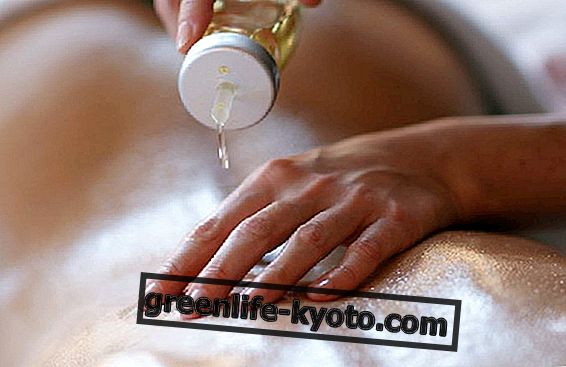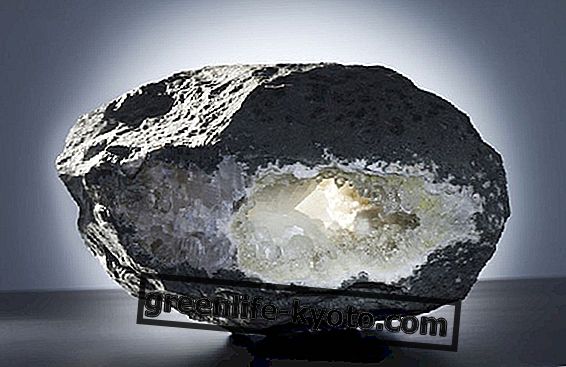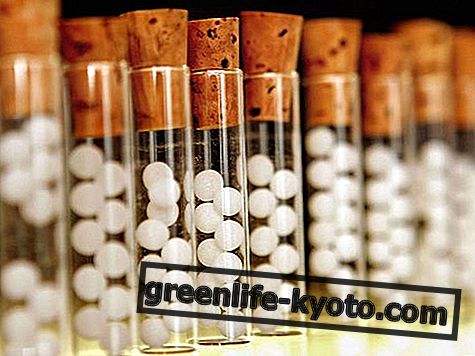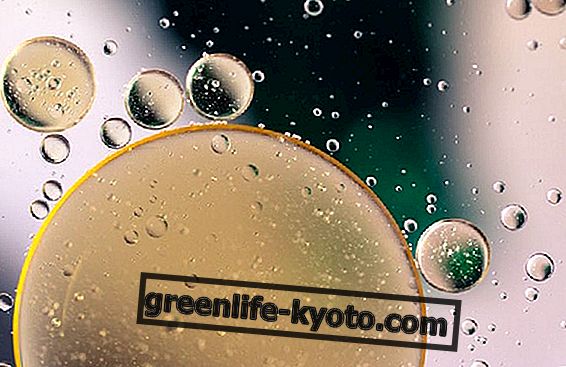
In the summer we would all like to show off an intense tan but is it possible to tan without taking any risks? Let's see how to get a tan without excess, to enjoy the benefits of the sun without having to deal with rashes and sunburn.
How much sun to tan without excess?
In order for the skin to get tanned, it is not necessary to expose yourself to the sun all day, on the contrary: whoever has very light skin and who has difficulty tanning will know well that increasing the amount of time in the sun not only does not increase the color of the skin but it causes rashes, burns and subsequent cracks.
Unfortunately, the skin's ability to tan is genetically determined and to stay in the sun longer than necessary, without sun protection or using products that promise to promote a tan, could only lead to bad sunburn and subject us to unnecessary health risks instead of giving us a beautiful complexion .
Better to know your phototype and respect it by applying a sunscreen suitable for your skin type.
The good news is that you tan even under the umbrella and also with sunscreens, of course always based on your skin type.
The rules to follow to get a tan without excessive health risks are simple:
> Expose yourself gradually to the sun, applying a high sun protection during the first days and average in the following days. It is also necessary to remember to renew the application of the protection several times during the day and after the bath;
> spend most of your time under the umbrella, especially between noon and four in the afternoon;
> sun exposure one or two hours a day depending on the type of skin, early in the morning and late afternoon, always wearing protective cream;
> those with fair skin and children should also wear a hat and light clothing that shields solar radiation as much as possible;
> after exposure to the sun, moisturize the skin with a cream that also contains antioxidant substances such as vitamin E;
> do not apply phototoxic substances and perfumes to the skin ;
> suspend exposure to the sun in case of redness or erythema .
Pros and cons of sun exposure
Adequate exposure to sunlight is important for our health, in particular to have a healthy and robust bone structure . Exposure to the sun allows our body to synthesize vitamin D from cholesterol present in the membranes of epidermal cells.
Vitamid D plays a very important role in the intestinal absorption of calcium, the main mineral present in our skeleton. Vitamin D deficiency causes rickets in children and osteoporosis in adults.
To allow our body to synthesize vitamin D starting from the sun's rays, however, it takes on average thirty minutes a day : the necessary exposure time varies according to the type of skin, latitude and season.
On the other hand, excessive exposure to the sun can also cause significant damage to our body: first of all , UVB rays cause inflammation of the skin, which appears initially red and then tanned; sometimes an erythema may appear and, if you continue with the exposure, you will get a burn, which can be more or less serious.
Furthermore, UVB rays cause damage and mutations to the DNA of epidermal cells ; normally these mutations are corrected by the organism but a further damage is caused by UVA rays which interact with the molecules of our organism giving rise to oxidations that lead to the formation of free radicals .
Free radicals are unstable molecules that in turn react with the molecules of our body, damaging cell membranes, proteins and cellular DNA. The sun's rays can therefore cause erythema, redness, burns, oxidative stress, premature aging and genetic mutations that can lead to the development of skin tumors .
This explains why it is important not to overdo the sun and try to tan without excess .













